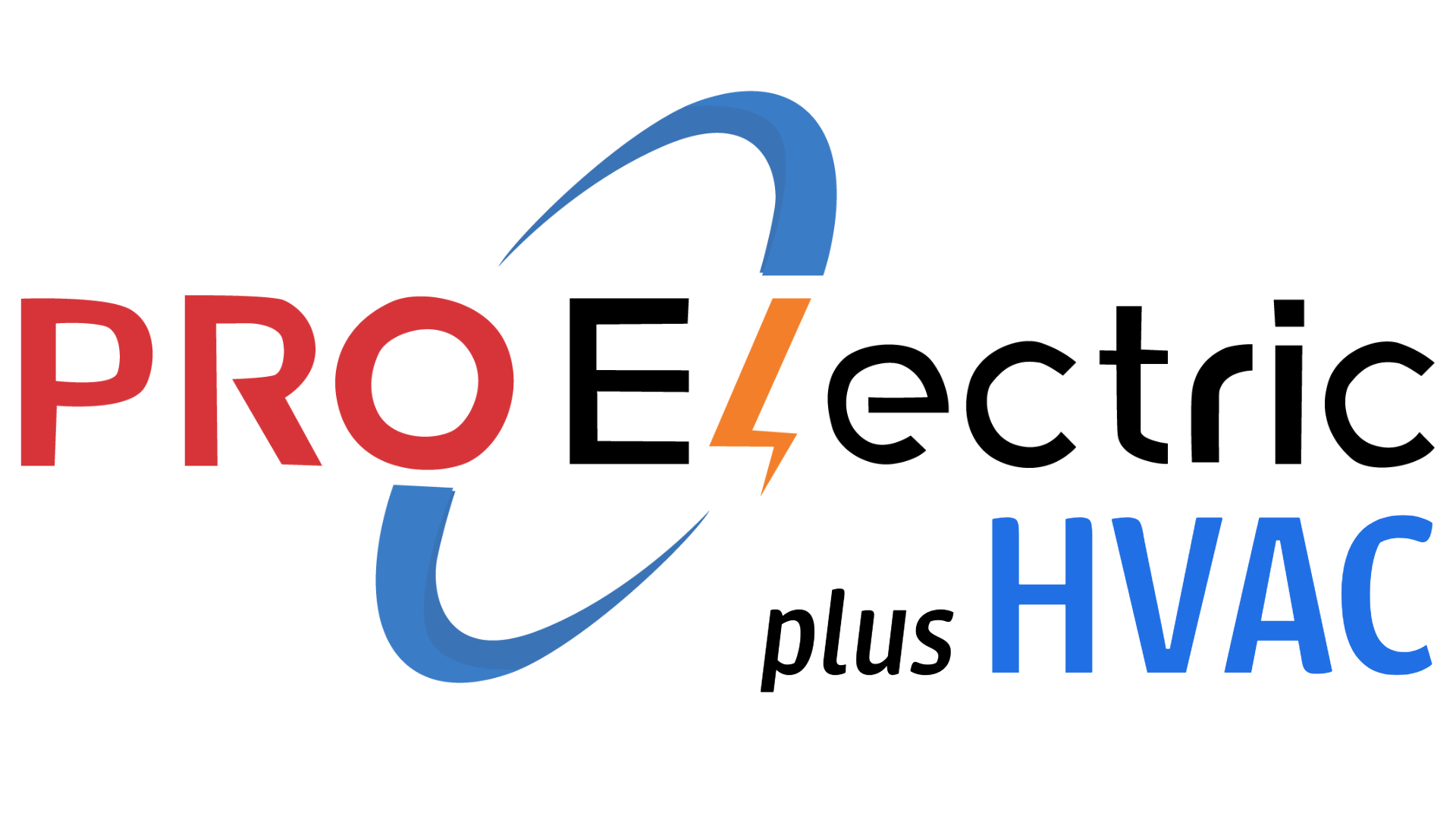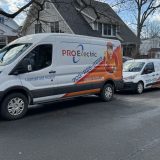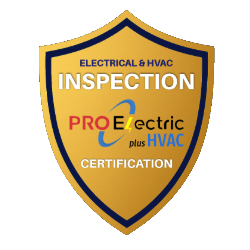LICENSED ELECTRICIANS - CERTIFIED INSPECTORSSmoke & Carbon
Monoxide Detectors
LEGAL REQUIREMENTS ⚖️ Virginia Fire Code References
Code of Virginia § 15.2-922 – Authorizes local enforcement of smoke alarm installation and maintenance in all residential dwellings.
3VAC5-63-545 Section 704.6 – Virginia State Fire Prevention Code: Requires maintenance and replacement of single and multiple-station smoke alarms in all dwelling units; detectors older than 10 years must be replaced.
Virginia Uniform Statewide Building Code (USBC, 2018/2021) – Mandates hardwired and interconnected smoke alarms in new construction and significant renovations.
📚 Sources: law.lis.virginia.gov | Virginia Administrative Code 13VAC5-63-545
Facing the fallout of ignoring fire safety at home? Don’t risk it.
Is your household prepared to bear the cost of a fire disaster? Don’t gamble with safety.
One safety slip could endanger your family’s well-being. Worth the risk?
Overpaying on insurance because of outdated home fire safety measures? Time to reconsider.
Compromising your family’s safety? Watch peace of mind slip away. Don’t let it slide.
Are you aware that if your home’s fire system isn’t up to code, your insurance provider could flat-out deny your claim? Make sure you’re protected.
- Our Services
- What are Interconnected Smoke Detectors?
Inspection & Replacement Services
Do you know if your smoke & carbon monoxide detectors are older than 10 years?
Smoke detectors older than 10 years can cause false alarms, lose sensitivity, and no longer meet safety requirements.
That’s why our skilled electricians provide inspections to ensure your detectors are up to date and functioning correctly.
According to the fire code, replacing outdated smoke alarms enhances your home’s safety and eliminates unnecessary false alerts.
Devices older than 10 years must be replaced!
Keep your home safe with PRO Electric plus HVAC’s smoke and carbon monoxide detector services in Northern Virginia.
Our professional electricians handle installation, maintenance, and replacement to protect your home.
Why Choose PRO Electric plus HVAC?
- Licensed Experts: Fully trained and certified electricians.
- Safety First: Proper installation following all safety codes.
- Comprehensive Services: From installing new detectors to maintaining existing ones.
- Quality Products: High-quality detectors for reliable protection.
- Customer-focused: We help you choose the best locations and types for your needs.
Our Services
- Installation: Set up hardwired and battery-operated smoke and carbon monoxide detectors.
- Maintenance: Regular checks, battery replacements, and testing to ensure detectors work correctly.
- Replacement: Upgrade or replace 10-year-old or faulty detectors with the latest models. All the smoke detectors have to be interconnected under the existing Fire Prevention code.
PRO Electric plus HVAC’s Smoke and Carbon Monoxide Detector Services are designed to keep you and your loved ones safe from the dangers of fire and carbon monoxide.
Interconnected Smoke Detectors Explained
Explaining the Step-by-Step Process of Interconnecting Household Smoke Detectors Under Existing Fire Prevention Codes
Interconnecting smoke detectors in your home is crucial for ensuring early warning during a fire.
When one detector senses smoke, all interconnected alarms will sound, providing an added layer of safety for you and your family. Below is a step-by-step guide on interconnecting household smoke detectors in compliance with existing fire prevention codes.
WE TAKE EXTREME PRIDE IN OUR WORK!Customer Reviews
YOUR FAMILY'S SAFETY IS OUR #1 PRIORITYBook Now!
Electrical repairs
Electrical maintenance
Electrical panel upgrades
Wiring installations and repairs
Lighting installations and repairs
Outlet installations and repairs
Electrical system inspections
Outdoor Lighting
Electrical code compliance inspections
Surge protection installations
Smoke detector installations
Ceiling fan installations
Circuit breaker replacements
GFCI installations
Electrical system upgrades
Electrical remodeling services
Electrical system troubleshooting
Electrical system design and engineering
24/7 emergency electrical services
Power Restoration
Electric Car Charger Installation
Electrical Outlet Installation & Repair




